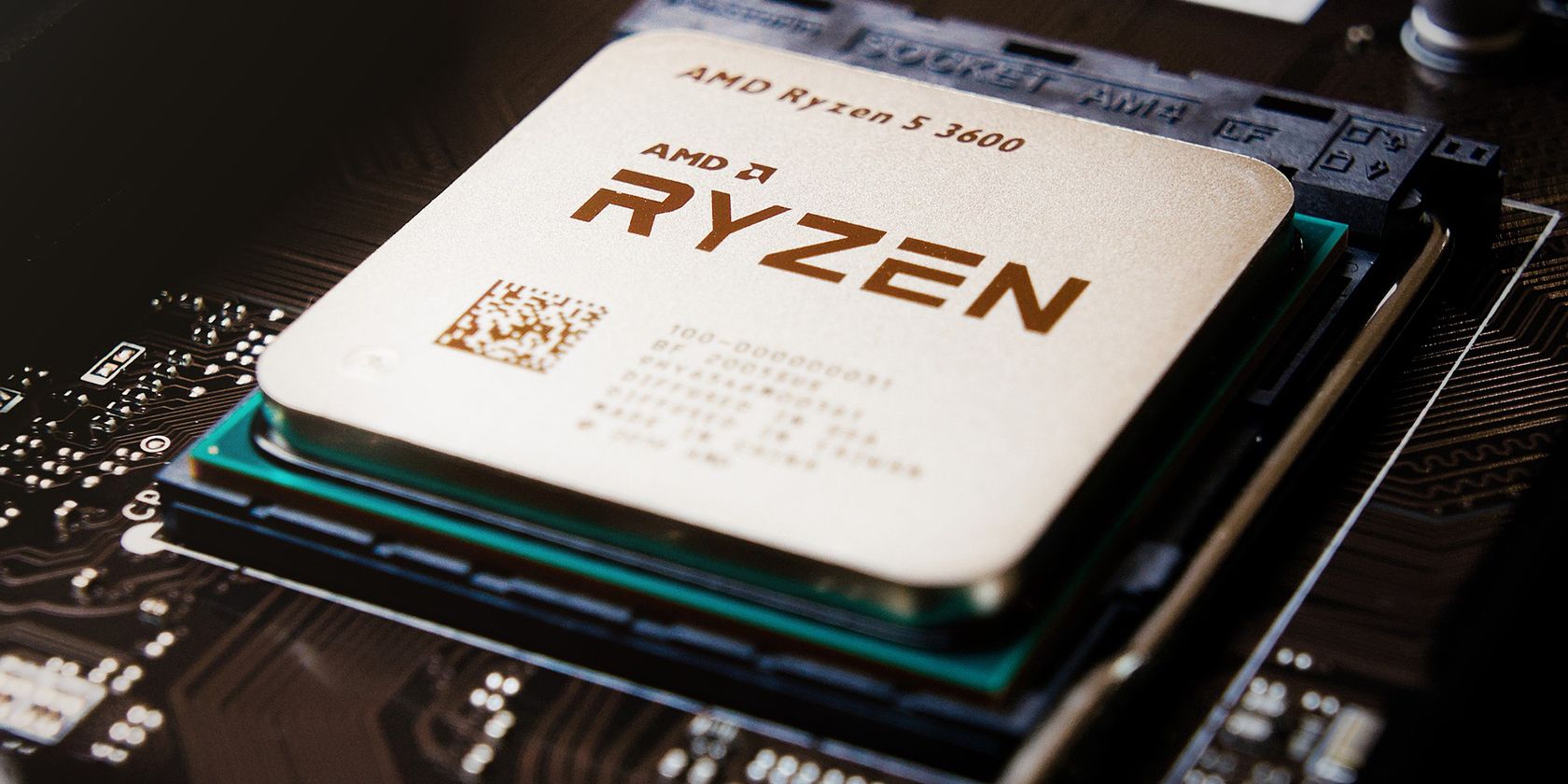While buying a smartphone or a PC, you usually check the RAM, the number of cores of the CPU, clock speed of a processor, GPU, among other things. However, there is another pretty important specification to check while buying your next device, that is, the nm of a CPU.
So, let's look at what nm is in a CPU and how it makes a difference in your phone or PC's performance.
What Is nm in a CPU?
nm stands for nanometer, a unit of measure for length. 1nm is equal to 0.000000001 meters—which is absolutely minute.
In a CPU, nm is used to measure the size of the transistors that make up a processor. There are billions of transistors in a CPU that perform calculations through electrical signals by switching on and off. In technological terms, a processor's nm is also referred to as a process node or technology process, or just node. It is the manufacturing process and design of a CPU made through lithography.
Why Is Lower nm Better?
Usually, when you look at the specifications of a smartphone or a PC, you go for the specs with higher numbers. The case with nm is quite the opposite. Lower nm is better for your machine due to the following reasons:
1. More Power Efficient
In order to switch on or off, transistors require power. So, a lower nm transistor means there is less power required for it to work. When you look at all the transistors in a CPU, lower power consumption makes a huge difference overall. It makes your processor more power-efficient compared to a higher nm processor with larger transistors.
2. Less Cooling Required
Relating to the first point, when the transistors in your CPU consume less power, less heat is generated overall. So, your machine requires less cooling to keep working optimally.
3. Transistors Are Faster
When the transistor size is smaller, there is less distance between them. Less distance means the electric signal will travel faster, making the overall performance of the CPU faster.
4. Transistor Density Is Higher
Lower nm has another significant advantage. It will increase the transistor density on a CPU. Two processors of the same size with different nm counts will have a different number of transistors in total. A lower nm processor can fit in more transistors, and more transistors typically translates to more computing power.
Real-World Examples of Better CPU Performance With Lower nm
Let's consider an example where lower nm makes the overall machine faster. If you compare the Samsung Galaxy S22+ with the Infinix Note 10 Pro, you'll find many similar specifications. For example, both have an octa-core processor and 8GB RAM. Both offer 128GB or 256GB internal storage variants. Even their sizes and screen resolutions are almost the same.
So, why is Samsung Galaxy S22+ so much better in terms of performance? Yes, you guessed it. It's the nm of its processor along with the clock speed that makes it superior in performance.
The Samsung Galaxy S22+ uses a 4nm processor, while the Infinix Note 10 Pro uses a 12nm processor. So, there is a huge difference in the distance between their transistors, making a major difference in terms of efficiency and performance.
What nm Size Are Intel and AMD CPUs?
As of this writing, Intel manufactures 10nm processors and plans to launch 7nm processors by 2023. An example of Intel's 10nm CPU is Core i3-8121U.
AMD is ahead in the game and is offering 7nm CPUs already. AMD Ryzen 7 5750G and AMD Ryzen 7 5800G are a couple of examples of AMD's 7nm processors.
Intel might lack in terms of process nodes. However, it compensates for it with other features like overclocking, gaming performance, and cores. AMD does have the lead here, but Intel makes up for it, so you won't be at a disadvantage if you use an Intel CPU. Furthermore, as Intel and AMD use different manufacturers for their processors, there are differences between what "7nm" will mean for each company.
Look Out for nm While Buying Your Next Device
So, as discussed above, the nm of a CPU means a more efficient processing unit. While considering all the other specs of a phone or a PC, you should take into account the nm manufacturing process of the CPU as well.

